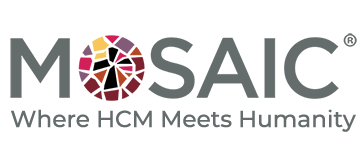As the year draws to a close, HR and payroll teams face an immense workload. Year-end processes can be complex and daunting, involving a delicate balance of tax compliance, reporting, and closing out employee records. At Mosaic Consulting Group, we understand the challenges this time of year brings, and we’re here to help you navigate year-end with confidence and ease.
Why Year-End Support is Critical
The end of the year is more than just flipping the calendar to a new page; it’s a crucial time to ensure that your organization remains compliant with payroll and tax regulations. Missing deadlines or making errors can result in costly fines or penalties, as well as frustration among employees who rely on accurate payroll records. With the ever-changing landscape of labor laws and tax codes, it’s easy to overlook essential steps during the hectic close-out season.
This is where year-end support from Mosaic Consulting Group can make all the difference.
What Our Year-End Support Includes
At Mosaic, we provide comprehensive year-end support that covers every aspect of the process. Our team of experts is well-versed in UKG solutions, ensuring your system is ready to handle the unique demands of this period. Here’s what you can expect from our year-end support services:
- Tax Form Reconciliation and Preparation
One of the biggest year-end tasks is ensuring tax forms, such as W-2s and 1099s, are accurate and filed on time. We assist in reconciling tax data, verifying employee records, and ensuring all tax forms are compliant with federal and state regulations.
- Payroll Closing Procedures
Closing out payroll for the year is more than just the final pay run. It involves reviewing deductions, benefits, year-end bonuses, and other payroll adjustments. Mosaic’s team ensures that your payroll data is accurate and aligned with year-end reporting requirements.
- System Updates and Compliance Checks
Payroll and tax laws can change frequently, especially at the end of the year. Our team stays up to date with the latest changes and ensures your UKG system is updated to reflect new requirements, so you don’t have to worry about compliance.
- Data Audits and Error Resolution
Mistakes during year-end can lead to larger issues down the line. We conduct thorough audits of your HR and payroll data to catch any discrepancies before they become problems. Whether it’s missing data, incorrect classifications, or employee record inconsistencies, we resolve these issues swiftly.
- Employee Communication and Self-Service Support
Employees often have questions about their year-end forms or how to access their records. Mosaic helps you set up efficient communication channels and self-service tools within UKG, so your employees can easily access their documents and get the answers they need.
- Strategic Planning for the Next Year
Year-end isn’t just about closing out the current year; it’s also a great time to set the stage for success in the upcoming year. Our team works with you to plan for changes in payroll processing, tax regulations, or new system upgrades. We help you create a roadmap for a smooth start to the new year.
Why Choose Mosaic for Year-End Support?
At Mosaic Consulting Group, we are more than just UKG experts; we are your strategic partners in navigating year-end complexities. Our extensive experience across various industries allows us to provide tailored solutions that fit your organization’s unique needs. From ensuring tax compliance to optimizing your UKG system, we handle the details so you can focus on what matters most—your business.
We offer flexible, customized support packages to meet your specific requirements. Whether you need assistance with a few key tasks or end-to-end year-end support, we are here to ensure the process is seamless.
Start the New Year with Confidence
Don’t let the year-end process overwhelm you. Let Mosaic Consulting Group provide the expertise, tools, and support you need to close out the year smoothly and successfully. Reach out to us today to learn more about our year-end support services and how we can help your organization prepare for a fresh start in the new year.
Get in Touch
To learn more about our year-end support services, schedule a consultation with our team. We’re here to ensure your success—now and into the future.

